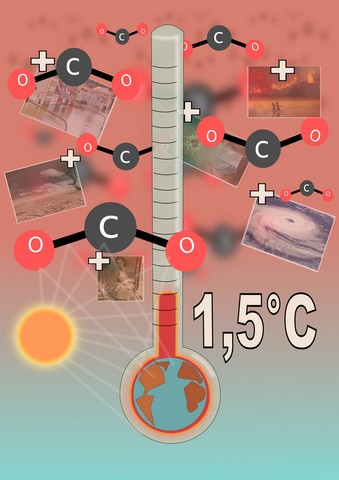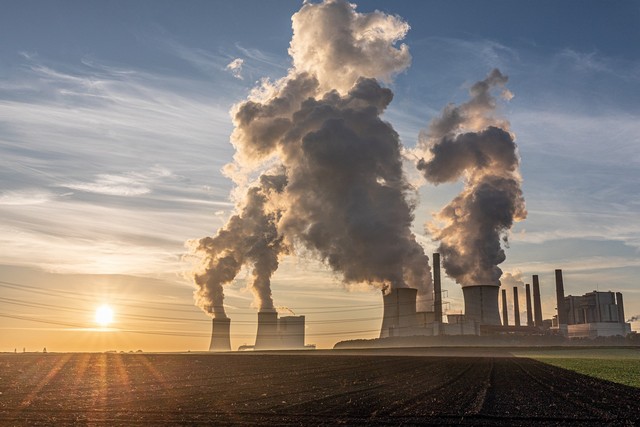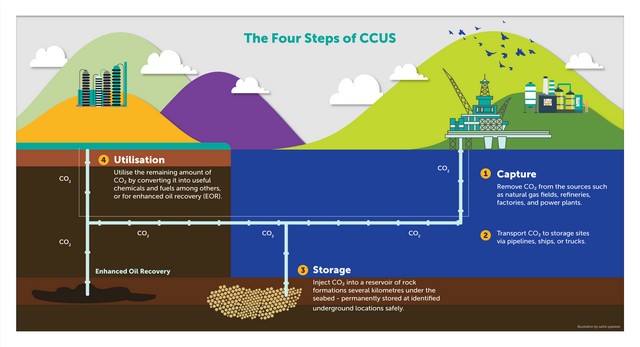During the 2015 Paris Climate Conference and Conference of Parties (COP) 21 in Paris, France, Malaysia made a commitment to reduce by 2030 its carbon dioxide (CO2) emissions per unit of GDP by 45 per cent from the level in 2005.

Expressing this commitment, the Sarawak Premier was quoted saying, “To achieve a net-zero emission future, innovation is crucial and Sarawak will encourage the development of new technology and solutions that can reduce greenhouse gas emissions and promote sustainable practices,”
“This includes the adoption of carbon capture, utilisation and storage (CCUS) technology, which can help reduce emissions from key industries such as oil and gas,” he said.
To achieve the goal of the Paris Agreement of preventing future temperature increases to 1.5°C (2.7°F), more needs to be done than just increasing efforts to reduce emissions as technologies are needed to remove carbon from the atmosphere.
Carbon emission
The emission of carbon dioxide account for the largest share of greenhouse gases which are associated with climate change and global warming.
As the most prevalent and dangerous, it can absorb solar energy and keep heat close to Earth’s surface, rather than letting it escape into space.
With the rising temperature, this leads to a variety of impacts such as extreme weather events, shifting wildlife populations and habitats, rising seas, and a range of other impacts.

Four main sources of greenhouse emission;
- Carbon Dioxide – Fossil fuel use, deforestation, land clearing for agriculture, and degradation of soils
- Methane – Agricultural activities, waste management, energy use, and biomass burning all contribute to CH4 emissions
- Nitrous Oxide – Agricultural activities, such as fertilizer use and fossil fuel combustion
- Fluorinated Gases – Industrial processes, refrigeration, and the use of a variety of consumer products contribute to emissions of F-gases, which include hydrofluorocarbons (HFCs), perfluorocarbons (PFCs), and sulfur hexafluoride (SF6)
(Source: https://www.epa.gov/)
Sources of carbon emission;
- Natural sources – decomposition, ocean release and respiration
- Human activities – cement production, deforestation, burning of fossil fuels
What is CCUS?
CCUS is the process of capturing CO2 emissions from large point sources such as fossil power generation and industrial processes for storage deep underground or re-use.

The CO2 can also be captured directly from the atmosphere.
CCUS addresses climate change by capturing CO2 from the pollution sources by ensuring decarbonization.
Carbon trading and carbon markets are crucial components of the global effort to reduce carbon emissions and combat climate change.
Carbon capture and storage works by capturing the CO2 before it is released into the atmosphere. This process is known as carbon capture and storage (CCS), and the steps includes;
- Capture – CO2 is separated from other gases produced in industrial processes, such as those at coal and natural-gas-fired power generation plants or steel or cement factories
- Transport – CO2 is then compressed and transported via pipelines, road transport or ships to a site for storage
- Storage – CO2 is injected into rock formations deep underground for permanent storage
(Source: https://www.nationalgrid.com/)
What can be used for CO2?
The difference between CCS and CCUS is the ‘U’ in the latter for utilisation.
Utilisation refers to using the captured CO2 to produce commercially marketable products or services.
Captured carbon can be put to many uses, from the manufacture of industrial materials, such as concrete, plastic and foam, to clothes and even diamonds.





